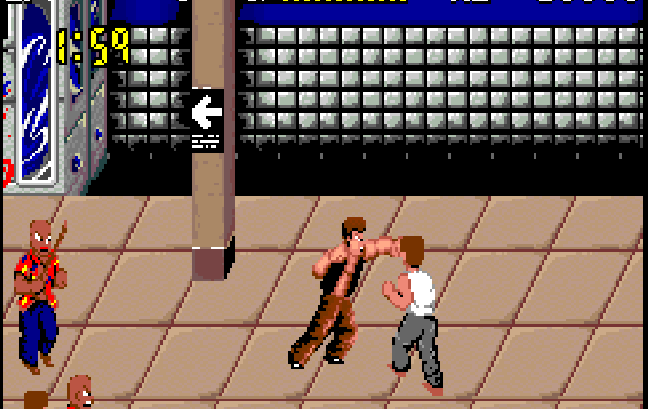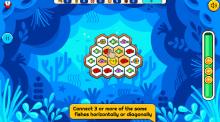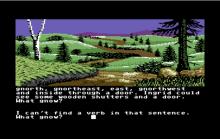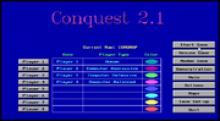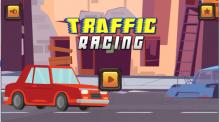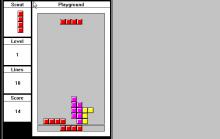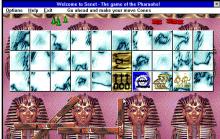Renegade
How to play Renegade
Each game uses different controls, Games can have combination of mouse,keyboard and Joystick.
Renegade Description
Renegade is a video game released in American and European arcades in 1986 by Taito. It is a westernized conversion (including changes to all of the sprites and backgrounds) of the Japanese arcade game Nekketsu Kōha Kunio-kun (熱血硬派くにおくん, which roughly translates to "Hot-Blooded Tough Guy Kunio"), released earlier the same year by Technos. It is an immediate technological predecessor to Double Dragon, and Nekketsu Kōha Kunio-kun is the inaugural game in the Kunio-kun series (which includes Super Dodge Ball and River City Ransom).
Renegade first introduced several trademarks of the beat 'em up genre, including 4-directional control, punch-jump-kick play action, and enemies which can sustain multiple hits. It is considered to be one of the most influential titles of the video game industry.
In Renegade, the player controls a vigilante (named Mr. K in the NES version), who fights a variety of street gangs on his way to save his girlfriend.[3] Unlike Technos' subsequent game Double Dragon, the playing field is limited to one two-screen-wide area (a subway platform, a harbor, an alley, a parking lot and the hideout of a gang) and does not scroll continuously. Out of the four stages in the game, the first, second and third each begin with the player fighting a group made up of two different types of small fry enemies: one with fewer hit points and a stronger attack (usually armed with a weapon) and one with more hit points, but with a weaker attack and the ability to grab the player from behind.
When only three underlings remain (in any combination of the two) their boss will come in from the sidelines and join the fight. When the boss is defeated, any remaining enemies retreat off the bottom of the screen, and the stage ends. The second stage follows this same formula, but begins with a series of enemies riding motorcycles trying to run the player down, and brings in the normal enemies once the bikers have been defeated. The third stage is a gang of women whose boss is a very large woman. The fourth stage features a single type of knife-wielding enemy who can kill the player with one hit. Once the player has defeated this first wave of enemies, the main character proceeds to enter a building at the far right of the stage. There, he faces three more knife-wielding enemies and the final boss, a mobster whose gunfire is also deadly with one hit. Once the final boss is defeated, the main character exits the building and is greeted by his rescued girlfriend, who proceeds to give him a kiss. The game then begins the next cycle with an increased difficulty.
In addition to an eight-direction joystick, there are three buttons; left attack, right attack, and jump. Pressing the attack in the direction the character is facing will punch, while attacking in the opposite direction will perform a rear kick. Jumping, followed immediately by one of the attack buttons, which will perform a jumping kick in the direction of the attack.
Pressing the joystick twice quickly either left or right will cause the player to run, at which point attacking in the direction of the run will perform a running punch, jumping will automatically perform a flying kick, and attacking in the opposite direction will bring the player to a sudden halt and perform a back-kick. Pressing down over a downed enemy will make the player sit on top of the enemy, at which point attacking toward the enemy will cause the player to pummel him. The bosses can only be sat on if all normal enemies have been defeated, and unless the boss' energy level is low enough, he'll throw the player off.
Renegade is a localization of the Japanese Nekketsu Kōha Kunio-kun for the North American and Worldwide markets, with the game's graphics changed in an attempt to adapt the game's setting to a more western style (with what can be seen as thinly veiled 'inspiration' from the film The Warriors). The gangs of thugs and bikers featured in Renegade were originally high school delinquents, bōsōzoku members, a sukeban along with her minions, and finally Yakuza members in Kunio-kun. The subway level in the first stage was originally a Japanese train station, whereas most of the signs and billboards in the last two stages were also written in Japanese. The title of the Japanese version was influenced by Konami's arcade game, Shinnyuushain Tooru-Kun (known outside of Japan as Mikie).
Instead of the damsel-in-distress plot of Renegade, Kunio-kun instead featured the titular high school student, Kunio (くにお), standing up for his bullied friend Hiroshi. Each stage begins with the stage's gang beating up Hiroshi in front of Nekketsu High School and Kunio chasing after his attackers. Unlike Renegade, Kunio and the game's bosses are identified by name in-game, whereas the characters in Renegade are simply identified by the generic identifier "1P" or "2P" (depending on who is playing) and "BOSS" (it wasn't until the NES version that bosses in Renegade were given names). The bosses of Kunio-kun are as followed: Riki (りき), Shinji (しんじ), Misuzu (みすず) and Sabu (さぶ). The game ends with Hiroshi and several students of Nekketsu High School greeting Kunio outside Sabu's hideout, with Hiroshi giving Kunio a firm handshake. The game begins a new cycle, this time skipping the pre-stage introductions. Like Renegade, each character has a catch-phrase said by them in digitized voice, but spoken in Japanese.
The Family Computer version of Kunio-kun was Technos Japan's first game for a home console. After Nekketsu Kōha Kunio-kun, Technos Japan reuse the Kunio character for several more games, beginning with Nekketsu Kōkō Dodgeball Bu (the Japanese version of Super Dodge Ball) released for the arcades and the Famicom/NES. Some were released overseas such as River City Ransom (the American version of Downtown Nekketsu Monogatari), Nintendo World Cup (Nekketsu Kōkō Dodgeball Bu: Soccer Hen) and Crash 'n the Boys: Street Challenge (Bikkuri Nekketsu Shin Kiroku!), but most of them were released only in Japan. Kunio eventually became Technos Japan's official mascot, appearing on the company's logos in the intros of some of their later games, as well as in their Japanese television advertisements.

Renegade - additional information







